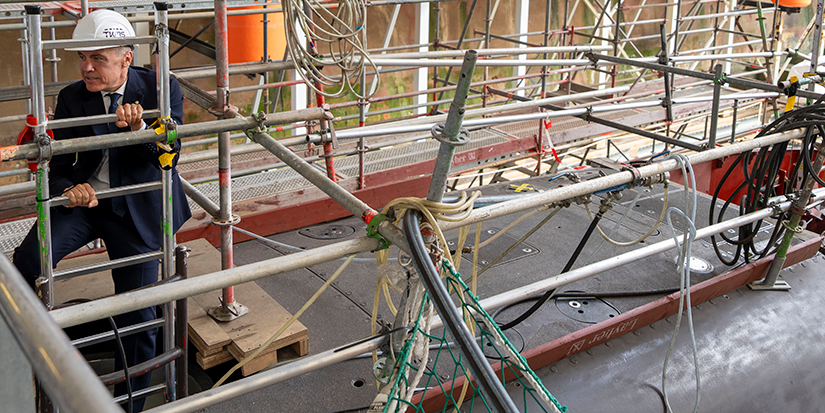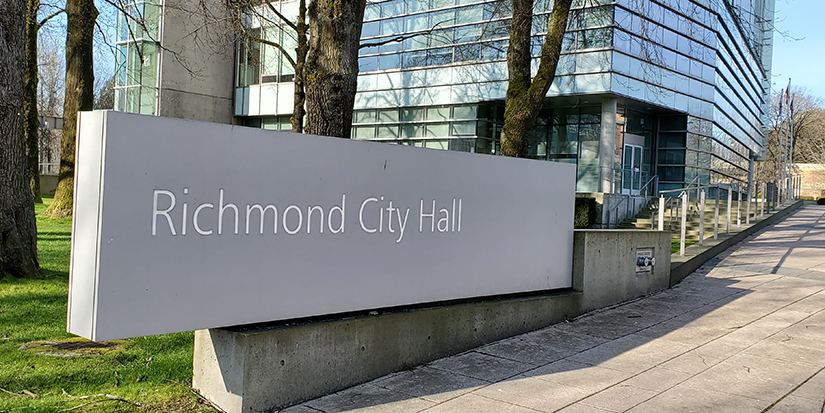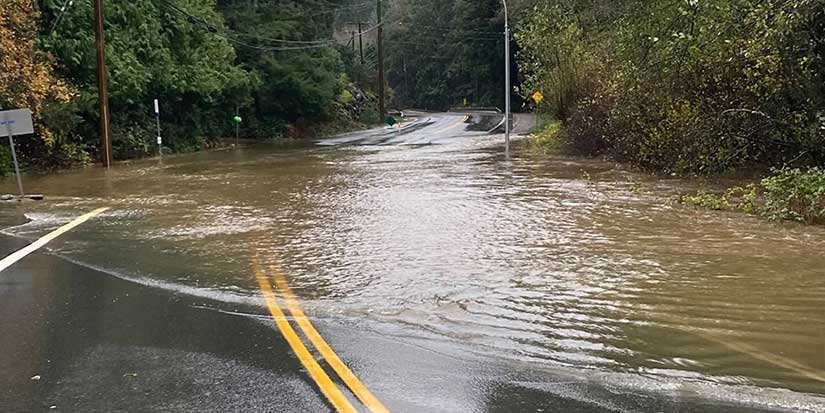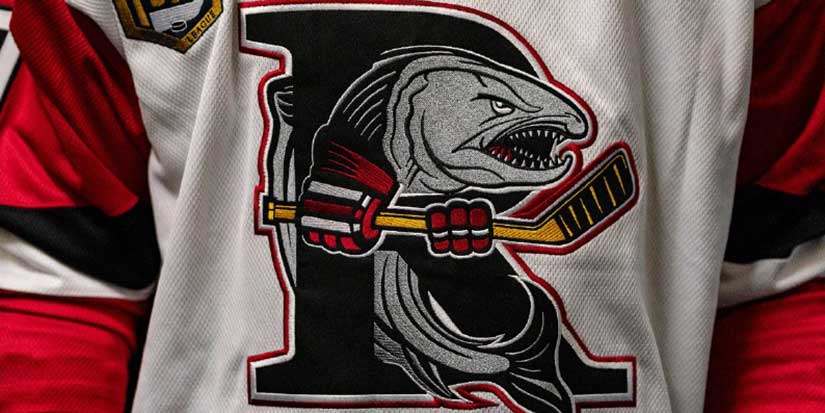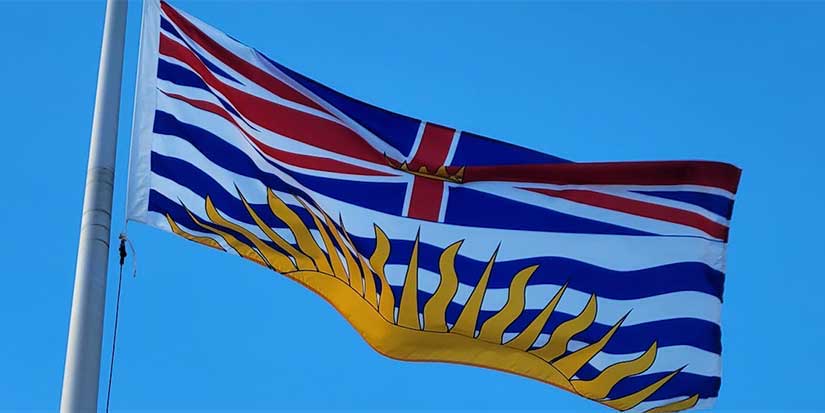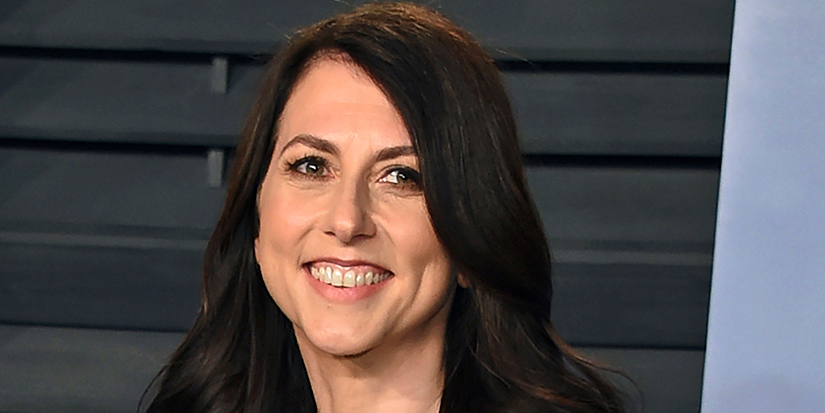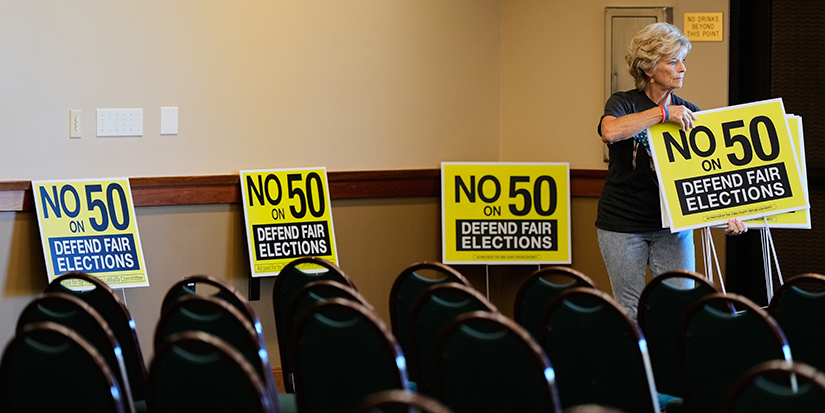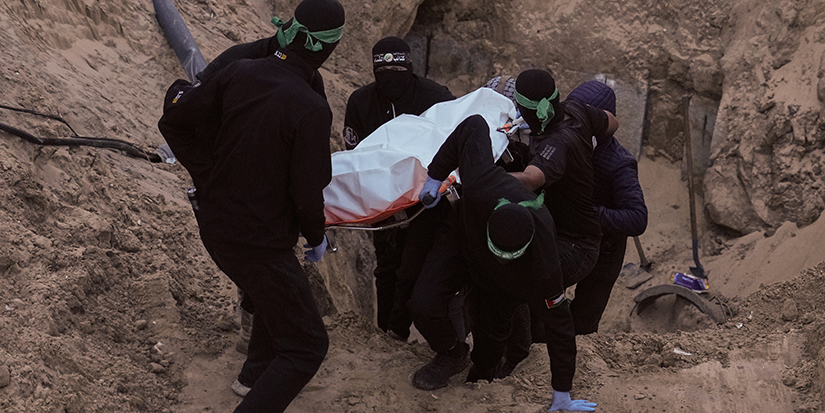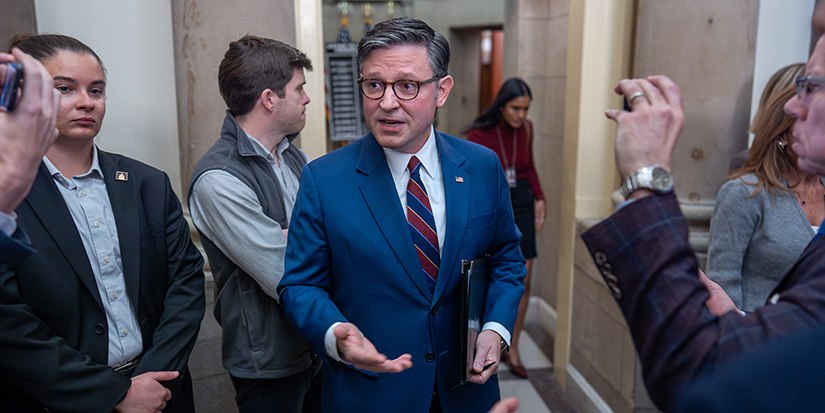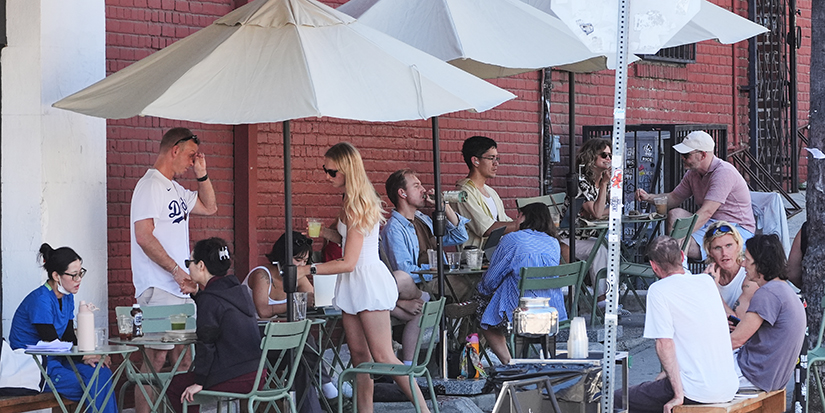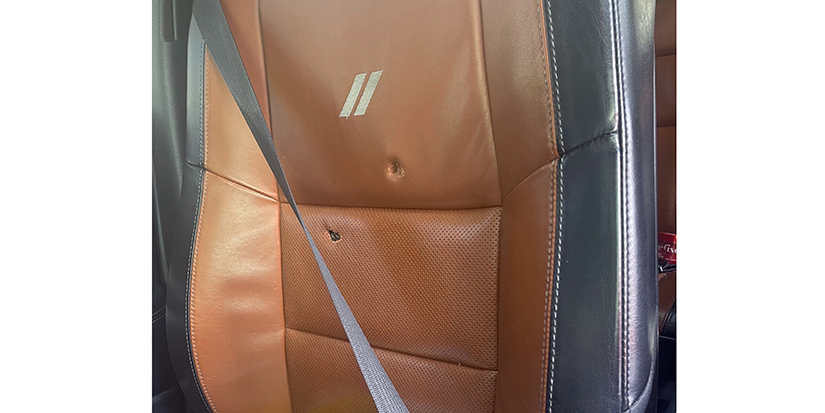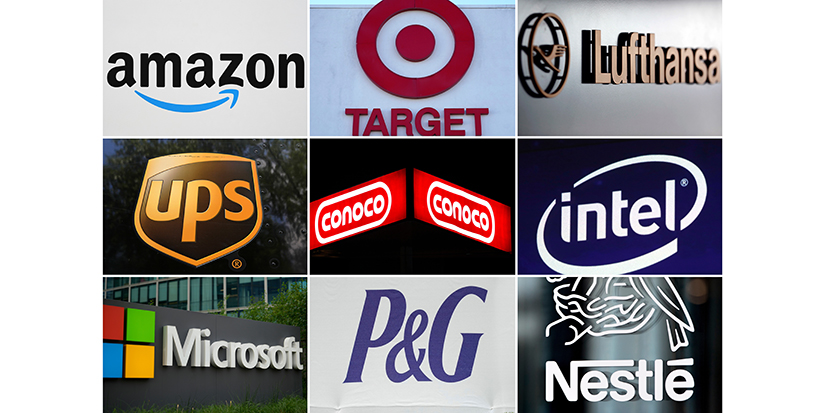National News
Analyst says Ottawa should pick German sub builder over South Korean rival
Published 10:30 PDT, Tue October 28, 2025
Last Updated: 11:58 PDT, Tue October 28, 2025
—
A new report comparing the two contenders for Canada's submarine contract cautions that Hanwha's subs likely would have to be modified to meet Canadian operational requirements.
The report lands days before Prime Minister Mark Carney is set to visit a Hanwha facility in South Korea, and a week before a major maritime defence industry conference arrives in Ottawa.
The assessment, by analyst Stewart Webb of Defence Report, says Ottawa has framed the procurement in terms of its economic benefits and has suggested the two bids are similar, even though they're very different.
It says the political discussion about the subs hasn't touched on technical issues such as the quality of in-service support, whether Canada should acquire the capability to vertically launch ballistic missiles, and the extent to which Ottawa may have to revise designs to fit the navy's requirements.
"It is increasingly becoming clear that the Canadian government will favour a pitch that benefits the Canadian economy and jobs, rather than a submarine design that meets the needs of the Royal Canadian Navy or the legacy costs tied to in-service support," the report says.
"These are dangerous waters to be in."
Carney announced in August that his government had narrowed down the field for the major contract — worth tens of billions of dollars — to two rival bidders: South Korea's Hanwha Oceans and Germany's ThyssenKrupp Marine Systems, or TKMS.
The competition is heating up. Just last week, senior officials from TKMS and the German and Norwegian governments were in Ottawa on a charm offensive trying to sell Canada on the German-made 212CD subs just ahead of Carney's visit to Korea.
Webb told The Canadian Press the German boat is a submarine hunter — similar to what Canada has had before with the Victoria and Oberon class vessels — while the other is a ballistic-missile submarine outfitted with conventional warheads.
"It's two different submarines, two different foreign policies, two different operations," Webb said.
Canada has to replace its four aging Victoria-class submarines by their scheduled retirement date of 2035.
The South Korean vessel is a larger submarine, which could allow it to deploy for longer. It uses a unique lithium-ion battery that the shipbuilder says gives it an edge by allowing it to stay underwater for longer periods of time.
Hanwha is also promising to deliver on the contract quickly. It says it can deliver the first boat by 2032, and four in total by 2035, followed by another sub each year after that.
The German-made 212CD is a prototype based on the older 212A model that is not yet in use by any navy. TKMS says it can only deliver one sub before the navy retires the Victoria class subs Canada bought second-hand from the U.K.
But Webb said any potential design issues could be shared with Germany and Norway, which are purchasing TKMS' 212CD subs and will operate them in similar waters.
Canada would likely be the first international buyer of Hanwha's KSS-III, although the company is also pitching Poland on its subs. It's not clear if it would need design modifications for sustained use in the Arctic, an environment that can be hard on ships.
Hanwha has maintained that its early delivery would save Canada roughly $1 billion in maintenance and support costs by letting it retire the Victoria class boats sooner.
Hanwha's Global Defense CEO Michael Coulter told The Canadian Press last month his company's subs meet the requirements for all three of the oceans in which Canada would operate.
"We know there's other companies that can design good submarines, but ours is already in the water, already operating," he said.
Another big question is whether the Canadian navy would want to take on a vertical launch capability.
The KSS-III comes with vertical launch systems that can fire South Korean-made Hyunmoo-4 SLBMs. That introduces questions about obtaining new abilities for the navy, since Canada does not currently operate such missiles.
Webb said the sea-to-land attack capability makes a lot of sense in Northeast Asia, where South Korea seeks to establish deterrence with China and North Korea. It seems less useful for Canada and could even increase costs, he said. Ottawa likely would have to modify the sub's design to outfit missiles from other allied nations, such as Tomahawks.
The report says this makes the sub "more vulnerable to 'Canadianization'" since the navy would want it to be interoperable with NATO allies.
"Having up to 12 submarines with 10 vertical launch missile systems per submarine, that's up 120 missiles plus what we'd have to have in back inventory. We'd have to train our weapons technicians how to provide in-service support for those missiles," Webb said.
"They'll probably be just sitting in the tubes waiting to be decommissioned."
– Kyle Duggan, The Canadian Press
